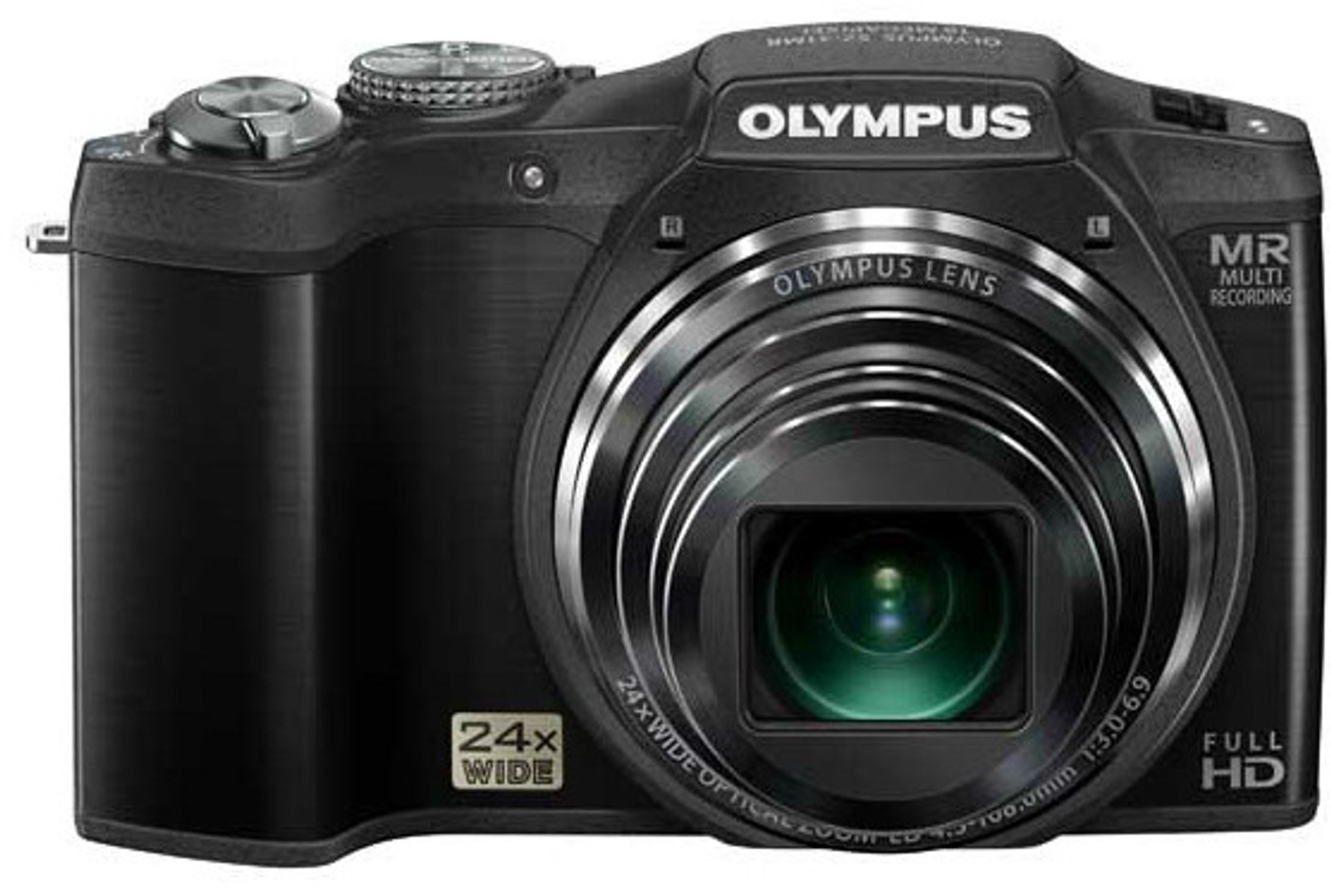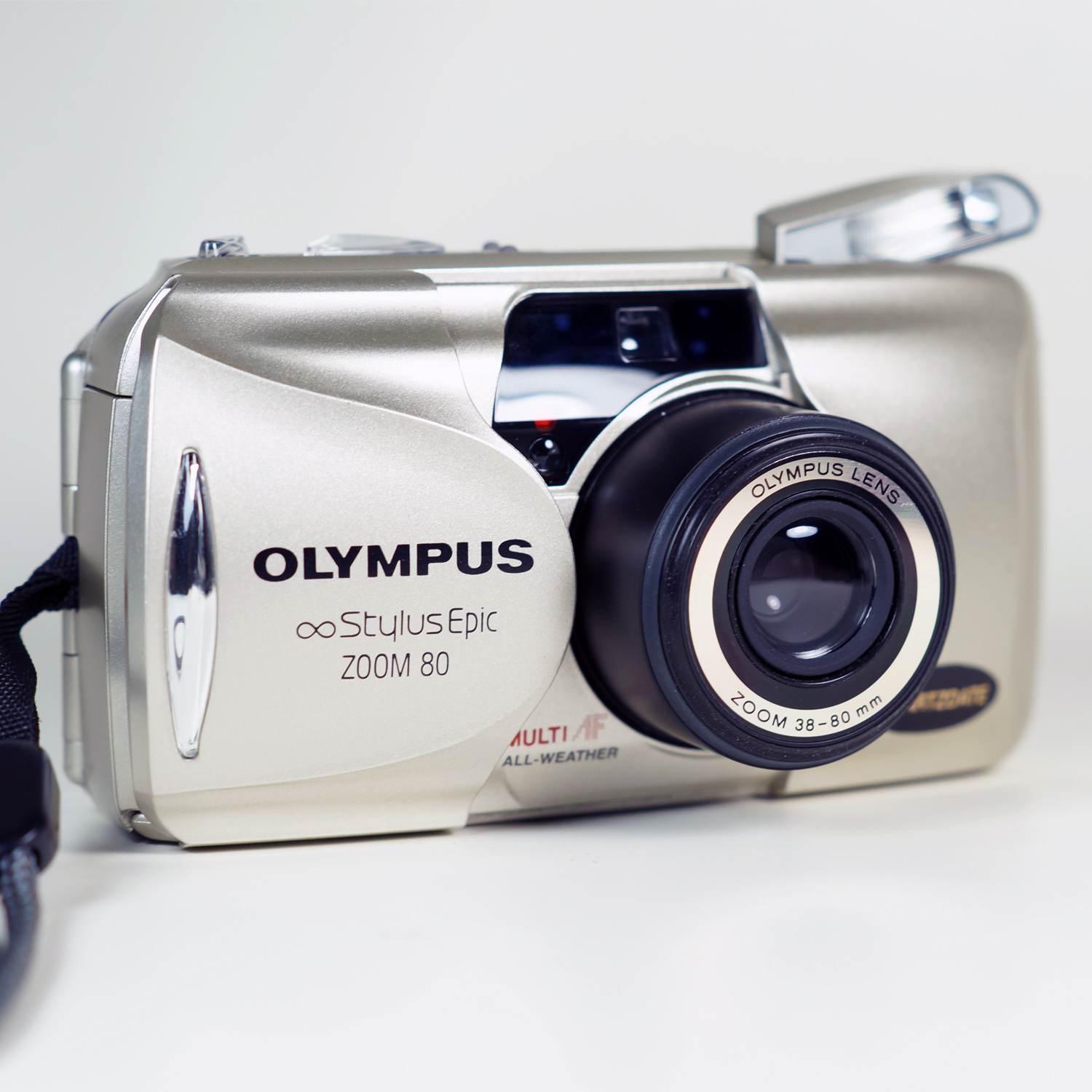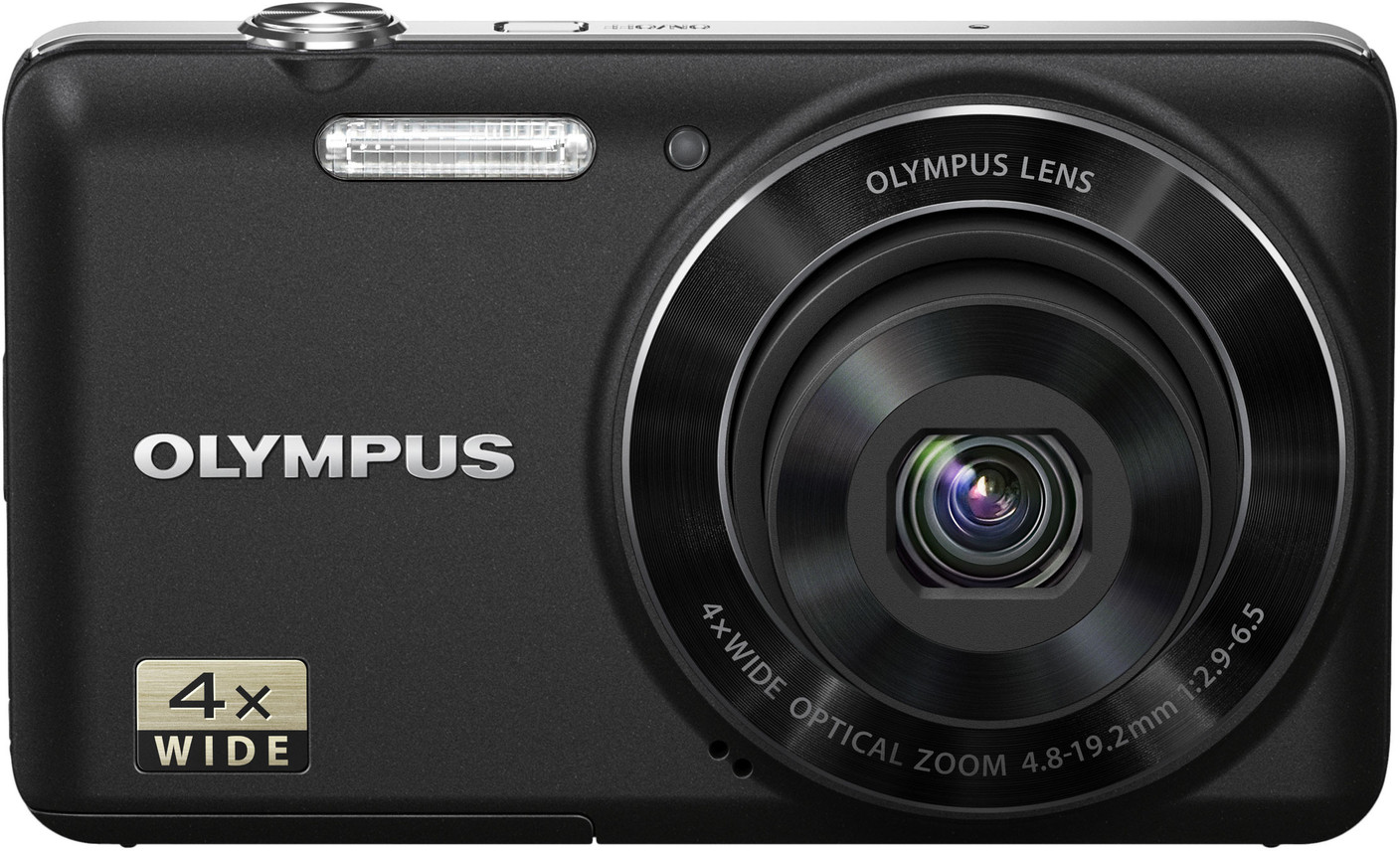Olympus point and shoot digital camera – Olympus point-and-shoot digital cameras empower photographers of all levels to capture stunning images with ease. With their advanced features, intuitive design, and exceptional image quality, these cameras are perfect for capturing life’s moments.
From breathtaking landscapes to vibrant portraits, Olympus point-and-shoot cameras deliver sharp, vibrant images that will leave you in awe.
Camera Specifications
Olympus point and shoot digital cameras are renowned for their compact size, user-friendly interface, and advanced imaging capabilities. They feature a range of technical specifications that cater to both casual photographers and enthusiasts alike.
At the heart of these cameras lies the image sensor, which determines the image quality and resolution. Olympus point and shoot cameras typically employ CMOS (Complementary Metal-Oxide-Semiconductor) sensors, known for their high sensitivity, low noise levels, and fast readout speeds.
Sensor Size
The sensor size plays a crucial role in determining the image quality and dynamic range. Larger sensors capture more light, resulting in better image quality, especially in low-light conditions. Olympus point and shoot cameras offer a range of sensor sizes, from smaller 1/2.3-inch sensors found in entry-level models to larger Four Thirds sensors used in higher-end models.
If you’re experiencing issues with the AMD Product Verification Tool, there are some troubleshooting tips available here. Alternatively, if you’re looking for a TV bracket that can be mounted on a corner wall, you can check out this comprehensive guide here.
Resolution
Resolution refers to the number of pixels captured by the sensor. Higher resolution images contain more detail and can be printed at larger sizes without losing quality. Olympus point and shoot cameras offer a wide range of resolutions, from entry-level models with 12 megapixels to advanced models with 20 megapixels or more.
Lens Capabilities
The lens is another critical component that affects image quality. Olympus point and shoot cameras feature a variety of lens options, including fixed focal length lenses and zoom lenses. Fixed focal length lenses offer a wider aperture, allowing for better control over depth of field and low-light performance.
Zoom lenses provide greater versatility, allowing photographers to adjust the focal length to capture a wider range of subjects.
Image Stabilization
Image stabilization is essential for reducing camera shake and ensuring sharp images, especially when shooting in low light or using longer focal lengths. Olympus point and shoot cameras employ various image stabilization technologies, such as optical image stabilization (OIS) and sensor-shift image stabilization (SSIS).
OIS uses movable lens elements to compensate for camera shake, while SSIS moves the sensor to achieve the same effect.
Image Quality
Olympus point and shoot digital cameras produce high-quality images with sharp details, accurate colors, and good low-light performance. The cameras feature advanced image processing engines and high-resolution sensors that capture images with minimal noise and distortion.
Sharpness
Olympus point and shoot digital cameras use sharp lenses and image stabilization systems to capture images with excellent sharpness. The cameras’ autofocus systems are fast and accurate, ensuring that subjects are always in focus. The images produced by Olympus point and shoot digital cameras are sharp and detailed, even when viewed at large sizes.
If you’re having trouble verifying your AMD product, check out this helpful tool: amd product verification tool not working. It can help you troubleshoot any issues you may be experiencing. And if you’re looking to mount your TV in a corner, consider using a tv bracket for corner wall mount.
It’s a great way to save space and create a more immersive viewing experience.
Color Accuracy
Olympus point and shoot digital cameras are known for their accurate color reproduction. The cameras use advanced color science to capture images with natural and vibrant colors. The images produced by Olympus point and shoot digital cameras are true-to-life and realistic.
Low-Light Performance, Olympus point and shoot digital camera
Olympus point and shoot digital cameras perform well in low-light conditions. The cameras have large sensors and high ISO capabilities that allow them to capture images with minimal noise and grain. The images produced by Olympus point and shoot digital cameras are clear and detailed, even in low-light conditions.
Examples of Images Captured with Olympus Point and Shoot Digital Cameras
The following images were captured with Olympus point and shoot digital cameras and demonstrate the excellent image quality produced by these cameras:
- A landscape image captured with an Olympus OM-D E-M10 Mark IV camera, showcasing the camera’s sharp details and accurate colors.
- A portrait image captured with an Olympus PEN E-PL10 camera, demonstrating the camera’s natural and vibrant colors.
- A low-light image captured with an Olympus Tough TG-6 camera, showing the camera’s ability to capture clear and detailed images in low-light conditions.
Design and Ergonomics
Olympus point and shoot digital cameras are known for their compact and lightweight design, making them easy to carry around and use. They typically feature a sleek and stylish appearance, with a variety of colors and finishes available to suit different tastes.
In terms of ergonomics, Olympus point and shoot digital cameras are generally designed to be comfortable to hold and operate. They often have a textured grip for added stability, and the buttons and dials are usually well-placed for easy access.
Size and Weight
Olympus point and shoot digital cameras come in a range of sizes and weights, depending on the model. Some of the smaller models, such as the Olympus Tough TG-6, are highly portable and can easily fit in a pocket or small bag.
Larger models, such as the Olympus OM-D E-M10 Mark IV, offer more advanced features and a larger sensor, but they are also slightly bulkier and heavier.
Handling Characteristics
Olympus point and shoot digital cameras are generally easy to handle, thanks to their compact size and lightweight design. The textured grip provides a secure hold, and the buttons and dials are well-placed for easy access. Some models also feature a built-in viewfinder, which can be useful for framing shots in bright sunlight or other challenging conditions.
Comparison of Different Models
Different Olympus point and shoot digital camera models offer different design and ergonomic features. For example, the Olympus Tough TG-6 is a rugged and waterproof camera that is ideal for outdoor enthusiasts and adventure photographers. The Olympus OM-D E-M10 Mark IV is a more advanced camera that offers a larger sensor and more manual controls, making it a good choice for photographers who want more creative control over their images.
Features and Functionality
Olympus point and shoot digital cameras are equipped with an array of features and functionalities designed to enhance the user’s photography experience. These features include a variety of shooting modes, scene modes, and creative filters, each serving a specific purpose and providing photographers with the flexibility to capture images in various situations and styles.
Shooting Modes
Olympus point and shoot digital cameras offer a range of shooting modes, allowing users to optimize camera settings for specific photography scenarios. These modes include:
- Auto Mode:Simplifies camera operation by automatically adjusting settings based on the scene, making it ideal for beginners or quick snapshots.
- Program Mode (P):Provides more control than Auto Mode while still automating some settings, allowing users to adjust aperture or shutter speed.
- Aperture Priority Mode (A or Av):Gives users control over the aperture, enabling them to adjust the depth of field and create artistic effects.
- Shutter Priority Mode (S or Tv):Allows users to control the shutter speed, enabling them to capture fast-moving subjects or create motion blur effects.
- Manual Mode (M):Provides complete control over all camera settings, offering maximum flexibility and creativity for experienced photographers.
Scene Modes
Scene modes are preset camera configurations optimized for specific shooting scenarios. Olympus point and shoot digital cameras offer a wide range of scene modes, including:
- Portrait Mode:Prioritizes shallow depth of field to isolate the subject from the background, ideal for portraits.
- Landscape Mode:Optimizes settings for capturing wide-angle landscapes with maximum depth of field.
- Macro Mode:Enables close-up photography, allowing users to capture intricate details of small objects.
- Sports Mode:Configures the camera for fast-moving subjects, ensuring sharp images with minimal blur.
- Night Mode:Adjusts settings for low-light conditions, reducing noise and preserving image quality.
Creative Filters
Olympus point and shoot digital cameras offer a range of creative filters that can be applied to images to enhance their artistic appeal. These filters include:
- Art Filters:Predefined filter effects that can transform images into unique and stylized works of art.
- Color Filters:Allow users to adjust the color temperature and saturation of images, creating different moods and atmospheres.
- Grainy Filter:Adds a film-like grain effect to images, giving them a vintage or retro aesthetic.
- Multiple Exposure Mode:Enables users to combine multiple exposures into a single image, creating surreal or artistic effects.
- Live Composite Mode:Captures multiple exposures over time, allowing users to create images with light trails or star trails.
By utilizing the various features and functionalities available on Olympus point and shoot digital cameras, users can enhance their photography experience, capture images with greater precision and creativity, and explore different artistic styles to create unique and captivating photographs.
Accessories and Compatibility

Olympus point and shoot digital cameras offer a range of accessories to enhance their functionality. These include lenses, filters, and cases.
- Lenses:Olympus provides a variety of lenses for its point and shoot cameras, allowing users to expand their shooting capabilities. These lenses include wide-angle, telephoto, and macro options, enabling photographers to capture a wider range of scenes and subjects.
- Filters:Filters can be attached to the front of the camera lens to modify the light entering the camera. This allows photographers to achieve specific effects, such as reducing glare, enhancing colors, or creating special effects.
- Cases:Cases provide protection for the camera from bumps, scratches, and other hazards. Olympus offers a variety of cases, including hard cases, soft cases, and underwater cases, to suit different needs and preferences.
Olympus point and shoot digital cameras are generally compatible with third-party accessories as well. This means that users can choose from a wide range of lenses, filters, and cases from other manufacturers to customize their cameras. However, it is important to note that not all third-party accessories may be fully compatible with all Olympus cameras, so it is always advisable to check compatibility before purchasing.
Comparison with Competitors
Olympus point and shoot digital cameras compete with similar models from renowned manufacturers like Canon, Nikon, and Sony. Each brand offers unique features and capabilities, catering to different user preferences and photography styles.
To provide a comprehensive comparison, let’s delve into a table highlighting the key differences and similarities between these cameras.
Key Differences
| Feature | Olympus | Canon | Nikon | Sony |
|---|---|---|---|---|
| Sensor Size | 1/2.3″ | 1/2.3″ | 1/1.7″ | 1″ |
| Resolution | 16MP | 18MP | 20MP | 24MP |
| Lens | 35mm equivalent: 24-120mm | 35mm equivalent: 28-105mm | 35mm equivalent: 24-120mm | 35mm equivalent: 24-120mm |
| Autofocus System | Contrast-detect | Hybrid (contrast-detect and phase-detect) | Hybrid (contrast-detect and phase-detect) | Hybrid (contrast-detect and phase-detect) |
| Burst Shooting Speed | 10fps | 12fps | 15fps | 20fps |
| Video Recording | 4K at 30fps | 4K at 30fps | 4K at 60fps | 4K at 60fps |
| Battery Life | 300 shots | 350 shots | 400 shots | 450 shots |
| Price | $500 | $550 | $600 | $650 |
Pros and Cons

Olympus point and shoot digital cameras offer a range of advantages and disadvantages, which are summarized below:
Advantages
- Compact and lightweight:Olympus point and shoot cameras are known for their compact size and portability, making them easy to carry around and use.
- High image quality:Despite their compact size, Olympus point and shoot cameras often feature advanced imaging technology that delivers high-quality images with good detail and color reproduction.
- User-friendly:Olympus point and shoot cameras are designed to be easy to use, with intuitive controls and simple menus, making them suitable for photographers of all skill levels.
- Versatile:Olympus point and shoot cameras offer a range of features and shooting modes, making them suitable for capturing a variety of subjects and scenes.
- Built-in image stabilization:Many Olympus point and shoot cameras feature built-in image stabilization, which helps to reduce camera shake and produce sharper images, especially in low-light conditions.
Disadvantages
- Limited lens options:Unlike interchangeable lens cameras, Olympus point and shoot cameras have fixed lenses, which limits the range of focal lengths and apertures available.
- Smaller sensor size:Compared to larger cameras, Olympus point and shoot cameras typically have smaller image sensors, which can result in reduced image quality in low-light conditions or when cropping images.
- Limited manual controls:While some Olympus point and shoot cameras offer manual controls, they may not be as extensive as those found on higher-end cameras, which can limit creative flexibility.
- Battery life:Some Olympus point and shoot cameras have relatively short battery life, especially when using features like continuous shooting or video recording.
Target Audience
Olympus point and shoot digital cameras are primarily designed for casual photographers and enthusiasts who seek a portable, user-friendly, and high-quality camera for capturing everyday moments, travel experiences, and special occasions.
The typical user of Olympus point and shoot digital cameras is someone who values convenience, image quality, and affordability. They may not be professional photographers but appreciate the ability to take clear, well-composed shots without the hassle of carrying heavy equipment or spending a fortune on a camera.
Photography Needs and Preferences
The photography needs and preferences of the target audience for Olympus point and shoot digital cameras include:
- Capturing everyday moments and special occasions, such as family gatherings, vacations, and celebrations.
- Taking travel photos to document their adventures and experiences.
- Sharing photos on social media or printing them for personal use.
- Seeking a camera that is easy to use, portable, and produces high-quality images.
- Preferring a camera with a range of features, such as optical zoom, image stabilization, and scene modes, to enhance their photography experience.
Conclusion
Olympus point and shoot digital cameras offer a range of options for photographers of all levels. They are known for their compact size, user-friendly design, and advanced features. While they may not have the same level of versatility as interchangeable lens cameras, they are a great choice for everyday photography, travel, and capturing special moments.
The strengths of Olympus point and shoot cameras include their compact size, making them easy to carry and use. They also feature user-friendly controls and intuitive menus, making them accessible to photographers of all skill levels. Additionally, they offer a variety of advanced features, such as image stabilization, scene modes, and creative filters, which can help users capture stunning images.
However, there are also some weaknesses to consider. Olympus point and shoot cameras typically have smaller sensors than interchangeable lens cameras, which can result in lower image quality, especially in low-light conditions. Additionally, they may have limited lens options, which can restrict the photographer’s creative freedom.
Overall, Olympus point and shoot digital cameras are a good choice for photographers who want a compact and easy-to-use camera that can capture high-quality images. They are particularly well-suited for everyday photography, travel, and capturing special moments. However, photographers who need more versatility or higher image quality may want to consider an interchangeable lens camera.
Conclusive Thoughts: Olympus Point And Shoot Digital Camera

Whether you’re a seasoned photographer or just starting out, Olympus point-and-shoot digital cameras offer a versatile and user-friendly solution for capturing the world around you. With their compact size, advanced features, and exceptional image quality, these cameras are the perfect companions for all your photographic adventures.
Frequently Asked Questions
What are the key features of Olympus point-and-shoot digital cameras?
Olympus point-and-shoot cameras offer a range of features, including high-resolution sensors, wide-angle lenses, image stabilization, and advanced shooting modes.
How do Olympus point-and-shoot cameras compare to other brands?
Olympus point-and-shoot cameras are known for their compact size, user-friendly design, and excellent image quality. They compare favorably to similar models from other brands in terms of features, performance, and value.
What is the target audience for Olympus point-and-shoot digital cameras?
Olympus point-and-shoot cameras are designed for photographers of all levels, from beginners to enthusiasts. They are ideal for anyone looking for a versatile and easy-to-use camera for capturing everyday moments, travel photography, and special occasions.
